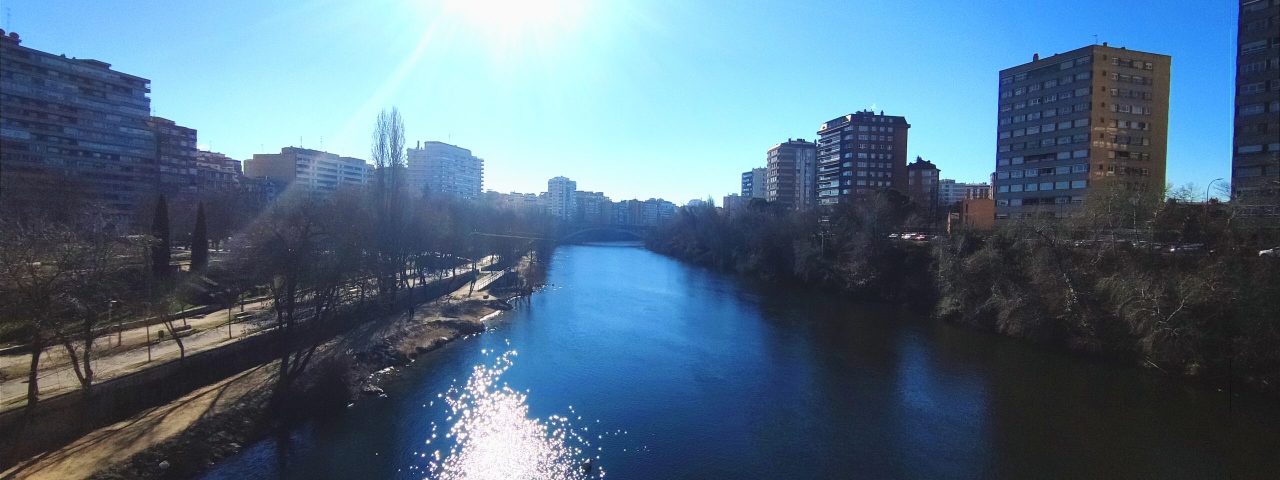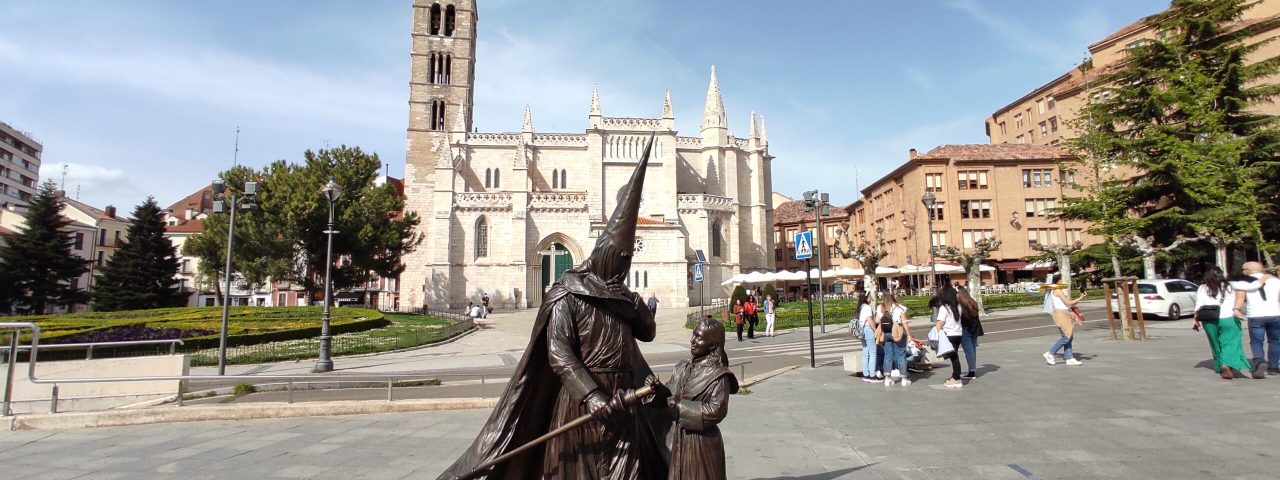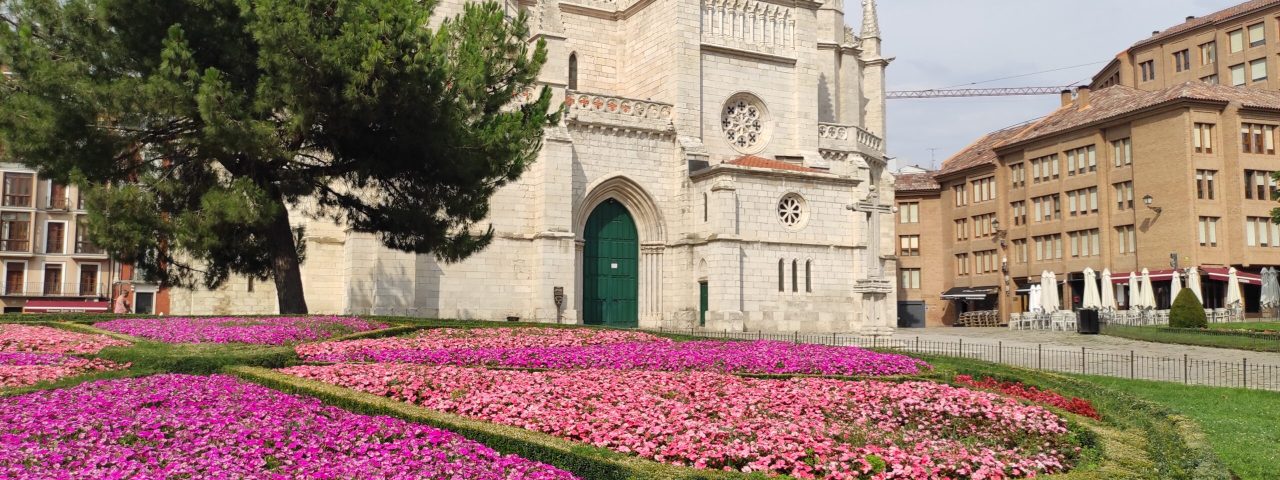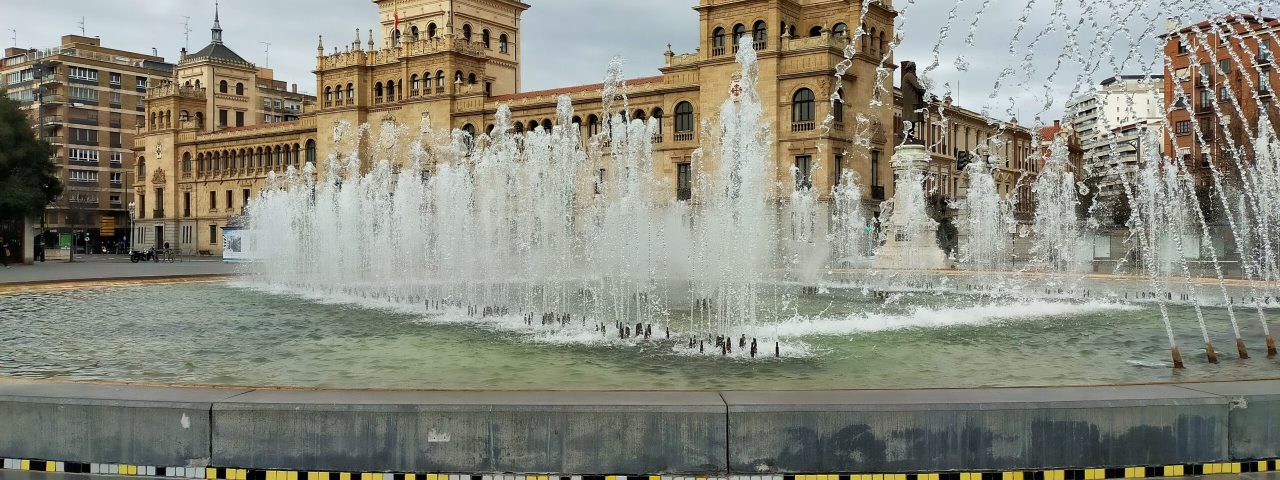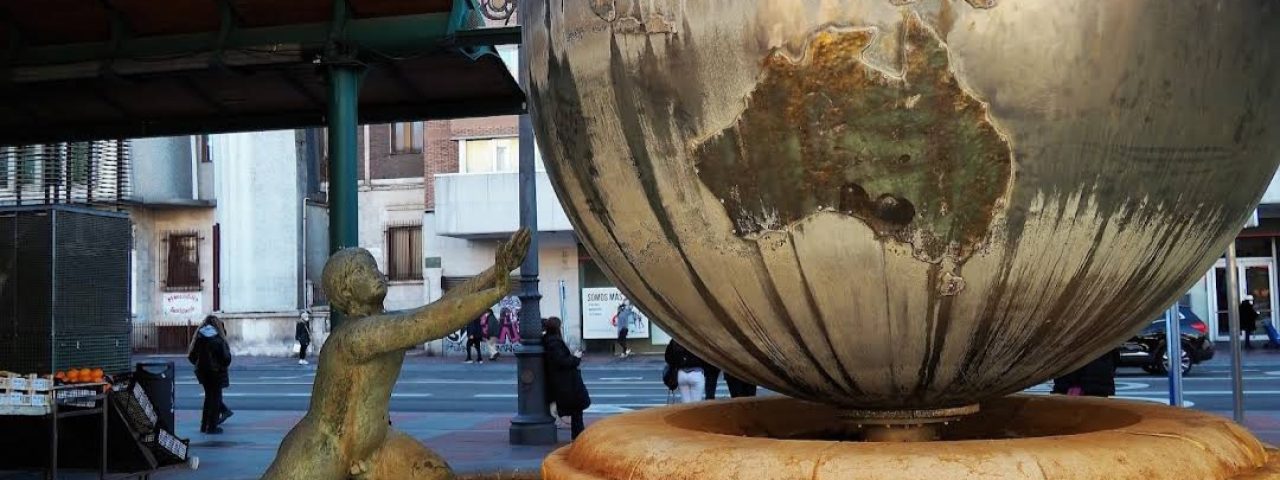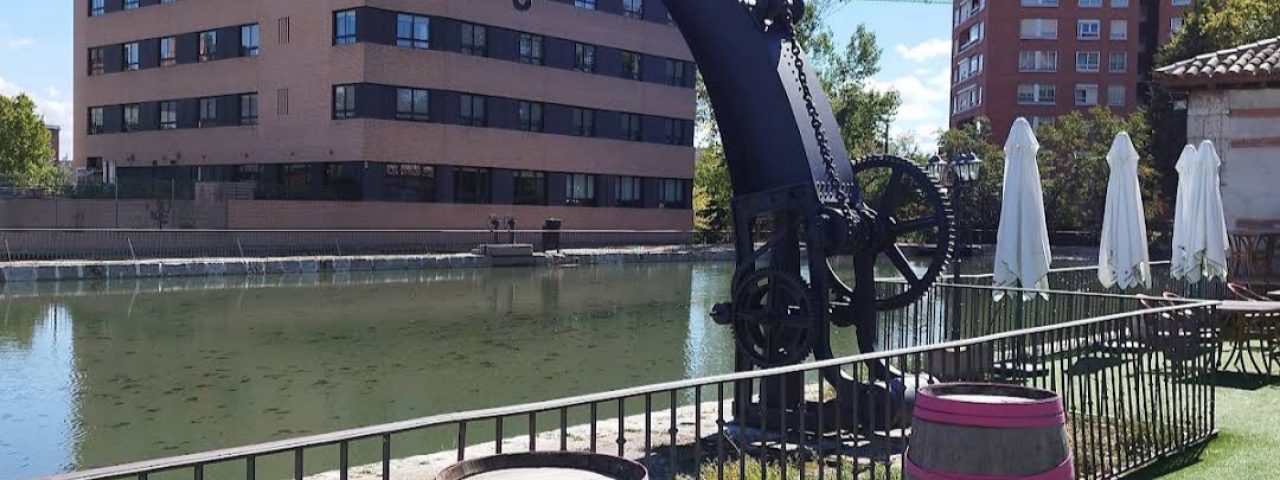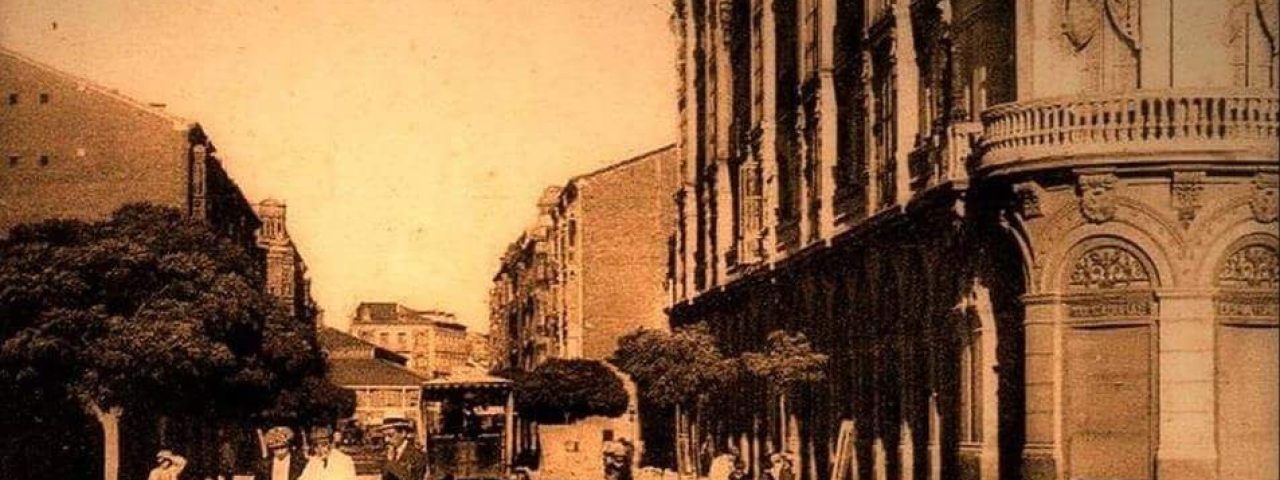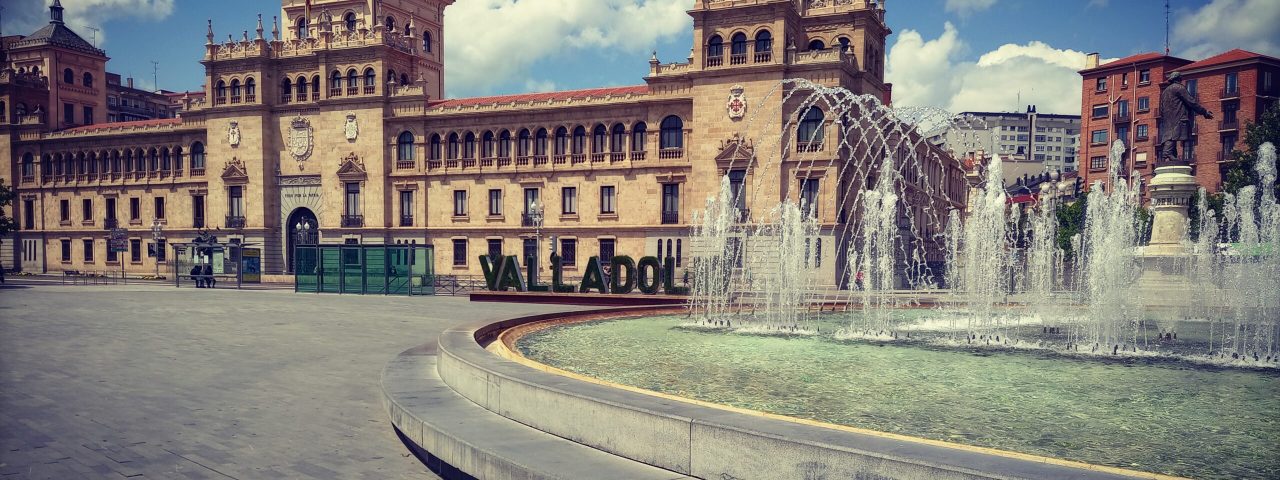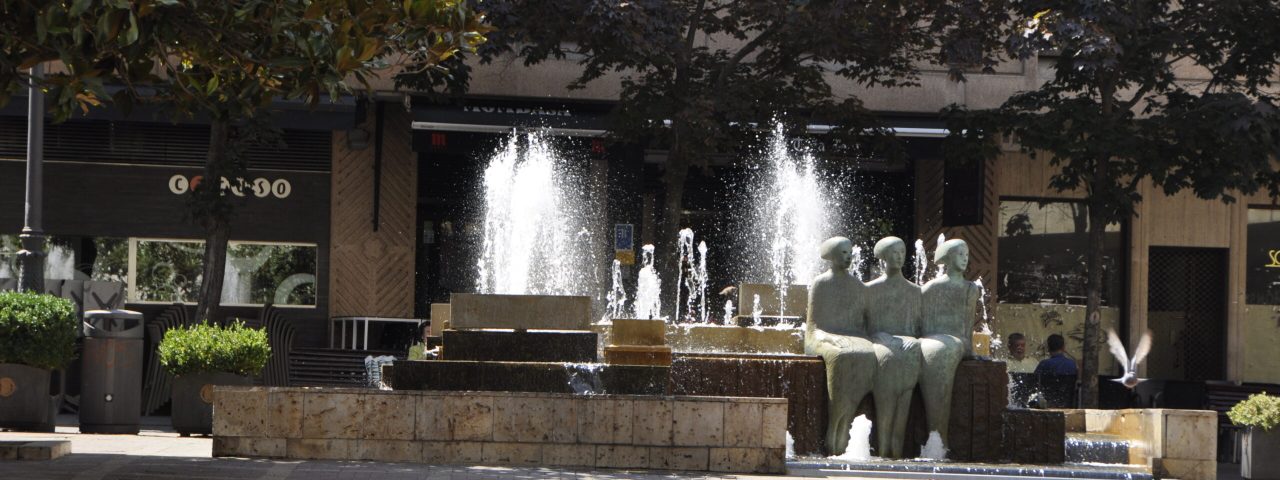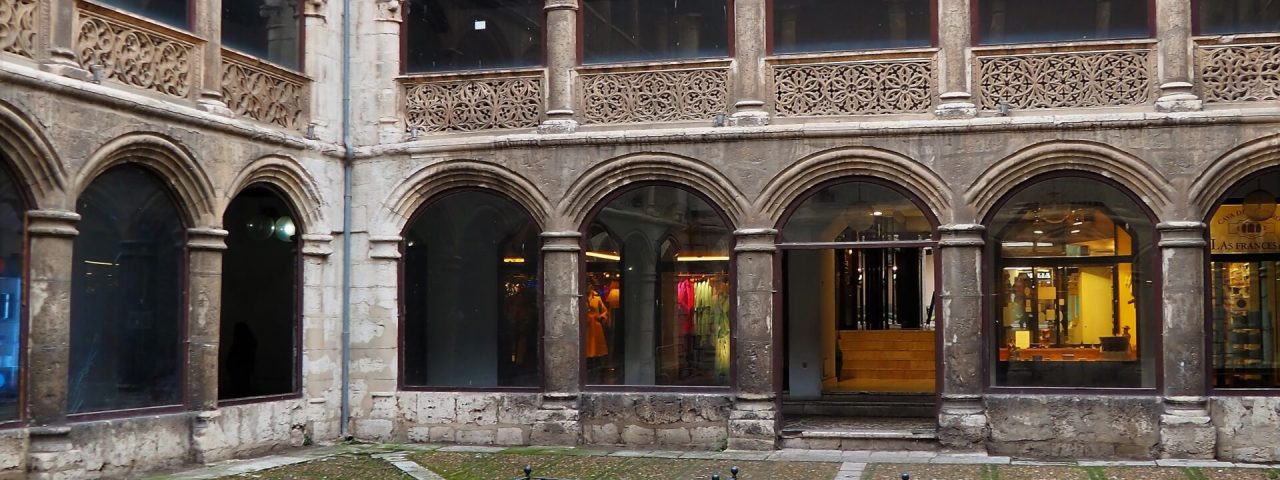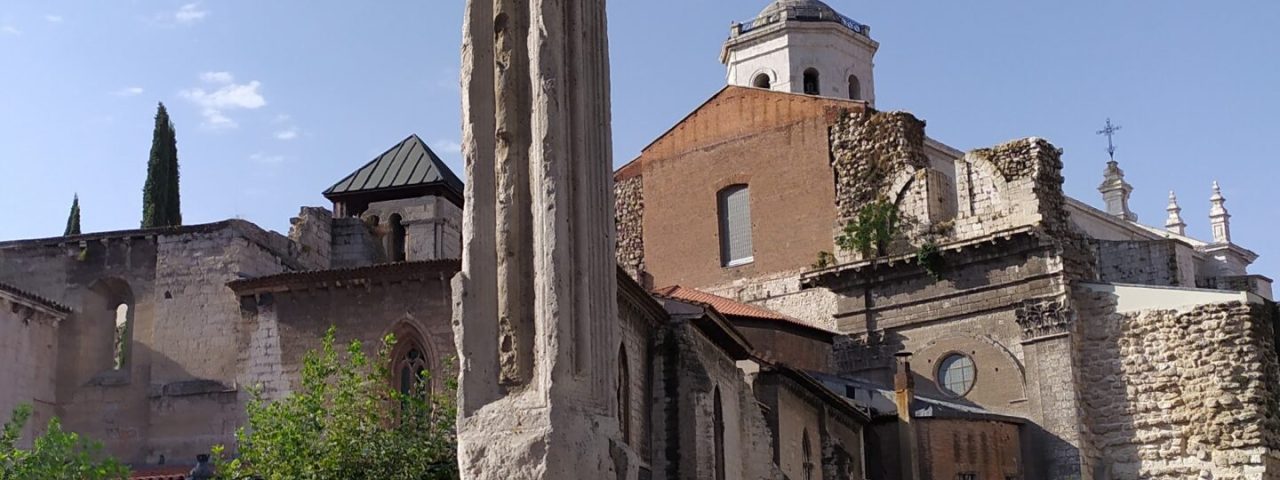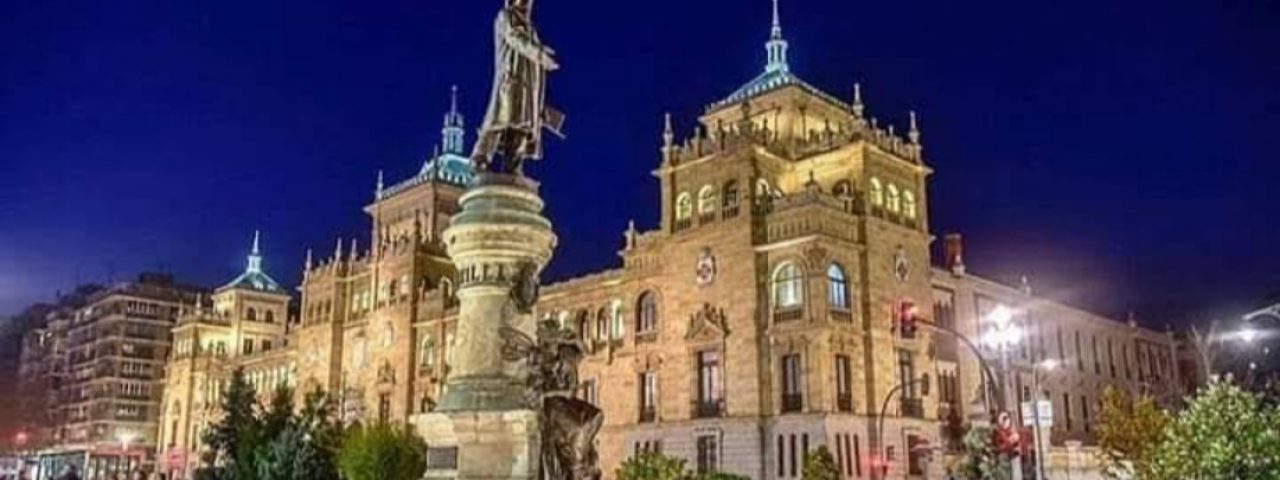Valladolid has a rich and storied history, dating back to the Roman Empire when it was a small settlement. It gained prominence during the Middle Ages, especially after it became the seat of the Spanish court in the 15th century under the reign of the Catholic Monarchs, Ferdinand and Isabella. It was here in Valladolid that Christopher Columbus died in 1506, and the city holds many historical ties to Spain’s exploration and expansion. Valladolid also played a significant role during the Spanish Civil War and its aftermath, leaving behind a legacy of important historical monuments.
The city has a deeply-rooted cultural identity, reflected in its traditions and annual festivals. One of the most renowned is the Semana Santa (Holy Week) celebration, which is considered one of the best in Spain. The city transforms with religious processions, dramatic reenactments, and intricate wooden sculptures. Another key event is the International Film Festival of Valladolid (Seminci), which has been attracting cinema lovers from all over the world for decades.
Culturally, Valladolid is a center for the arts, education, and religious heritage. Visitors can enjoy various museums, theaters, and cultural institutions, including the Museo Nacional de Escultura, which showcases Spain’s rich artistic heritage. The city’s old quarters, with their well-preserved medieval streets and squares, offer a charming glimpse into its past.
